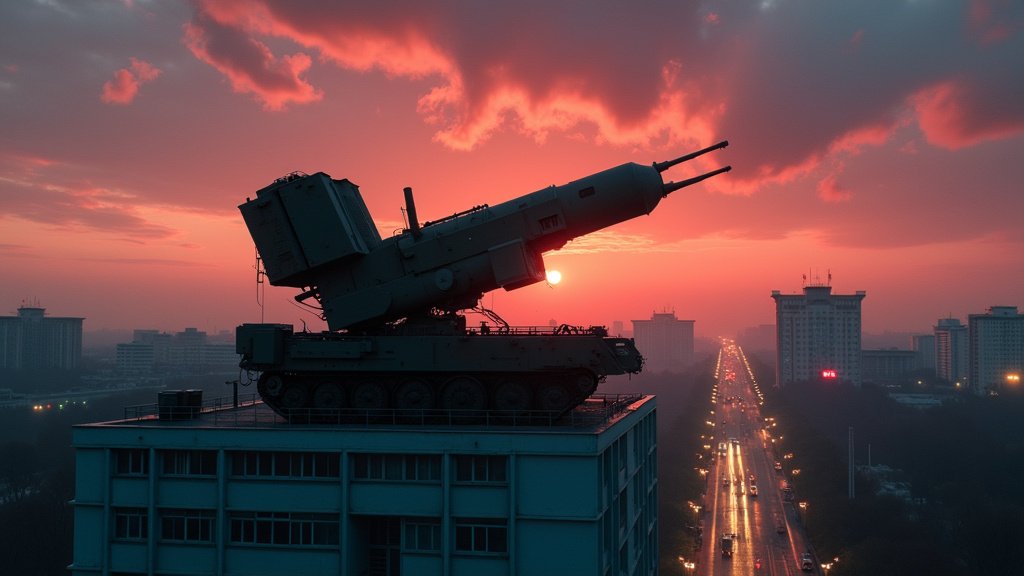Pyongyang’s Air Defense: A New Strategic Layer
In a development that has raised eyebrows among international security analysts, the Ukrainian Intelligence Chief has revealed that North Korea is utilizing Russian-made Pantsir missile systems to bolster its air defenses. This information, reported by KBS WORLD on July 2, 2025, sheds light on the evolving strategic landscape of the Korean Peninsula and the increasing military cooperation between Pyongyang and Moscow.
The revelation offers a glimpse into the lengths to which North Korea is willing to go to protect its capital, Pyongyang, which is the nation’s political, economic, and cultural heart. The deployment of the Pantsir systems suggests a strategic recalibration, with a renewed focus on defending against potential aerial threats.
The Pantsir Advantage
The Pantsir-S1 is a Russian-made combined short-range air defense gun-missile system designed to intercept aircraft, cruise missiles, and drones. It integrates two 30 mm autocannons and surface-to-air missiles, providing a layered approach to air defense. Its advanced radar and optical systems allow it to track and engage multiple targets simultaneously, making it a formidable asset in a modern battlefield.
By deploying the Pantsir, North Korea is enhancing its ability to protect key infrastructure, including government buildings, military installations, and strategic assets within Pyongyang. This is particularly significant given the history of tensions in the region and the regular military exercises conducted by the United States and its allies.
The KBS WORLD Report: A Critical Source
The information was reported by KBS WORLD, a major international broadcasting service, on July 2, 2025. The broadcasting service has a strong reputation for reporting on current events from the Korean Peninsula. KBS WORLD’s coverage provides critical insight into the security dynamics in the region, making this report of particular interest.
The reporting highlights the importance of independent journalism in uncovering critical military developments. It underscores the value of intelligence gathering and dissemination in keeping the public informed about potential geopolitical shifts and security risks. The broadcast also serves as a testament to the importance of verifying information through trusted media outlets.
Implications and Future Considerations
The use of the Pantsir system by North Korea has several implications. First, it indicates a deepening of military cooperation between Russia and North Korea. This collaboration is likely to provide Pyongyang with access to advanced military technologies and expertise, thereby enhancing its defensive capabilities.
Second, the deployment could lead to an escalation of tensions in the region. Neighboring countries and international powers may see this move as a provocative act, leading to countermeasures and an overall increase in military readiness. The potential for miscalculation or conflict could rise as a result.
Third, the move could trigger further sanctions and restrictions on North Korea. International bodies may seek to limit the flow of military technology and equipment to the country, making it more difficult for Pyongyang to maintain its defenses.
As the strategic landscape of the Korean Peninsula continues to evolve, it is essential to closely monitor these developments and their implications. This latest revelation, reported by KBS WORLD, provides a valuable piece of the puzzle, contributing to a clearer understanding of the region’s complex security dynamics.

